
Saga is a Canadian rock band from Oakville, Ontario. Bassist and keyboardist Jim Crichton and Welsh-born vocalist and keyboardist Michael Sadler are the principal songwriters.
The Raes were the British-Canadian husband-and-wife singing duo of Robbie Rae and Cherrill Rae, who had a handful of disco-inflected pop hits in the late 1970s.

The Getaway is singer Chris de Burgh's sixth original album, released on A&M Records in 1982. It was the first studio album of de Burgh's to chart in the UK, following the compilation Best Moves a year earlier. The album peaked at number 30 in the UK and spent 16 weeks on the chart. In the week beginning 7 February 1983, the album went to the top of the album charts in the then West Germany. In Canada the album spent 36 weeks in the Top 100.

Heads or Tales is the fifth studio album by the Canadian progressive rock band Saga, released in 1983. The album was the second of the band's to be produced by Rupert Hine. Although it did not attain the same commercial success and status of the previous collaboration between the band and Hine, Worlds Apart (1981), both "The Flyer" and "Cat Walk" became respectable radio hits for the band with the album eventually securing gold status in Canada (50,000) and Germany (250,000). A third single from the album, "Scratching the Surface", became a live staple and fan favourite in the band's concert line-up during the late-1990s and 2000s as a piano solo played by Jim Gilmour during a break by the other band members. The song reached #45 in the Canadian Singles charts, April 1984.

Behaviour is the sixth studio album by the Canadian progressive rock band Saga, and was originally released in 1985, two years after the moderately successful Heads or Tales. Behaviour was itself successful, and managed to outsell its 1983 predecessor thanks to the strong performance of the single "What Do I Know?" (#57).
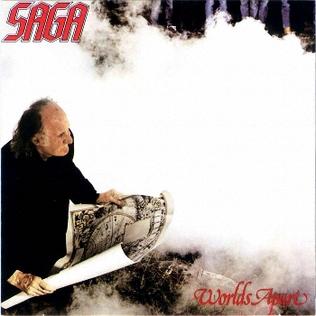
Worlds Apart is the fourth studio album by the Canadian neo-prog band Saga and was originally released in 1981. The album was produced by Rupert Hine, and has been released with several different covers. Frontman Michael Sadler stated in the band's video DVD Silhouette (2002) that Hine told him to stop "singing like a choir boy". Sadler's vocal style was noticeably different on Worlds Apart than on the first three Saga albums; he kept that style in successive performances with the band. Hine reportedly had Sadler climb to the roof of the English barn where the band was recording in order to get the proper emotion from Sadler for "On the Loose".
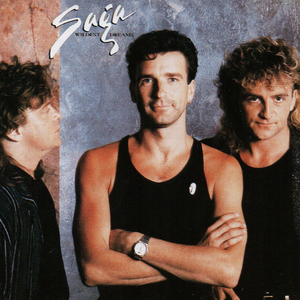
Wildest Dreams is the seventh studio album by the Canadian progressive rock band Saga, originally released in 1987. It was their first album without original drummer Steve Negus and longtime keyboardist and vocalist Jim Gilmour.

Saga, the first studio album by the Canadian progressive rock band Saga, was originally released 8 April 1978. It is the band's only album to feature original keyboardist Peter Rochon.
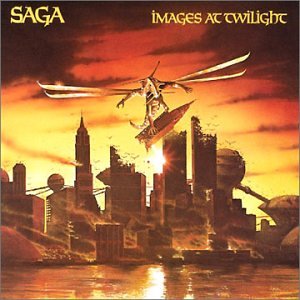
Images at Twilight is the second studio album by the Canadian progressive rock band Saga and was originally released in May 1979. It introduces the vocoder keyboard as an important instrument in Saga's development. It is also the only album to feature keyboardist Gregg Chadd who had replaced original keyboardist Peter Rochon.
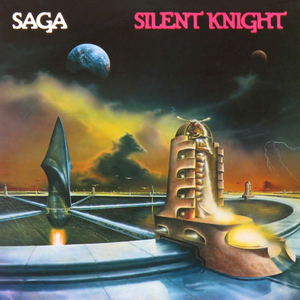
Silent Knight is the third studio album by the Canadian progressive rock band Saga and was originally released in August 1980. Silent Knight is certified Gold in Canada, having reached No. 42 in the charts. The Einstein Tower in Potsdam, Germany was used as a template for the album cover. Silent Knight marks the debut appearance of longtime keyboardist Jim Gilmour.

Network is the sixteenth studio album by Canadian rock band Saga, released in the fall of 2004. A two-disc version was released on November 8, 2005, comprising the original CD and a DVD containing a 5.1 mix of the original album. It is the only Saga album to feature drummer Christian Simpson, who had replaced original drummer Steve Negus.

Marathon is a studio album by Saga, their fifteenth album of new material. It is the final album to feature original drummer Steve Negus.
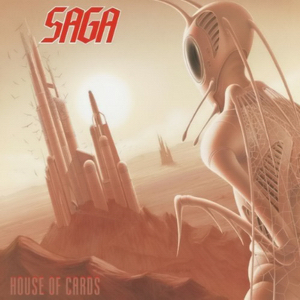
House of Cards is the fourteenth studio album by the Canadian progressive rock band Saga, released on 12 February 2001 by Steamhammer. Recorded at Sound Image Studios in Van Nuys, Los Angeles, it was produced by bassist/keyboardist Jim Crichton.
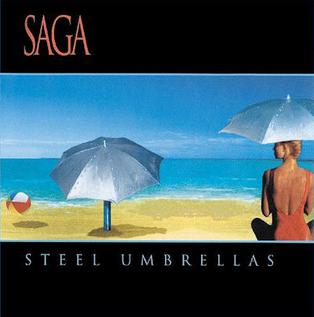
Steel Umbrellas is the tenth studio album by Canadian rock band Saga. The songs were written for the US TV series Cobra. The album is the second produced after the reformation of the classic line-up, and the first one to feature two songs sung by keyboardist Jim Gilmour.

The Security of Illusion is the ninth studio album by Saga, originally released in 1993. The album marks the return of keyboardist Jim Gilmour and drummer Steve Negus, both of whom left the band in 1986 due to management concerns.

The Beginner's Guide to Throwing Shapes is the eighth studio album by Saga, originally released in 1989. It is also the second album recorded by the band without longtime drummer Steve Negus and keyboardist Jim Gilmour, who temporarily left the band over management concerns.
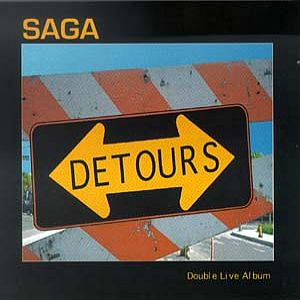
Detours is a live album by Canadian progressive rock band Saga. It was recorded during their European Tour in 1997.
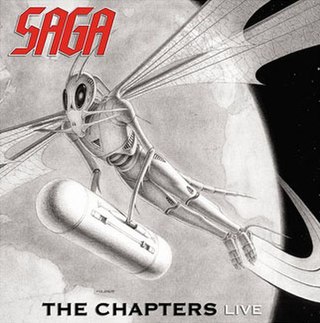
The Chapters Live is a live album by Canadian progressive rock band Saga that was recorded in 2003, released in 2005. It is the last live recording to feature drummer Steve Negus.
Fludd was a Canadian rock band in the 1970s. They placed six singles in the Canadian top 40 between 1971 and 1975, including "Turned 21" (1971), "Get Up, Get Out & Move On" (1971), "Cousin Mary" (1973) and "What An Animal" (1975). Members of Fludd went on to form the successful Canadian chart groups Goddo and Saga.
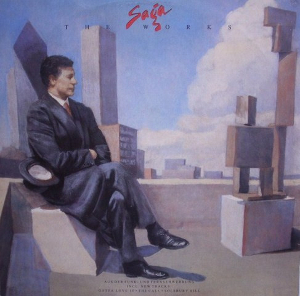
The Works is a greatest hit compilation by the Canadian progressive rock band Saga. It was originally released in 1991 only to the German market, as a double CD and vinyl for Bon Aire Records.


















